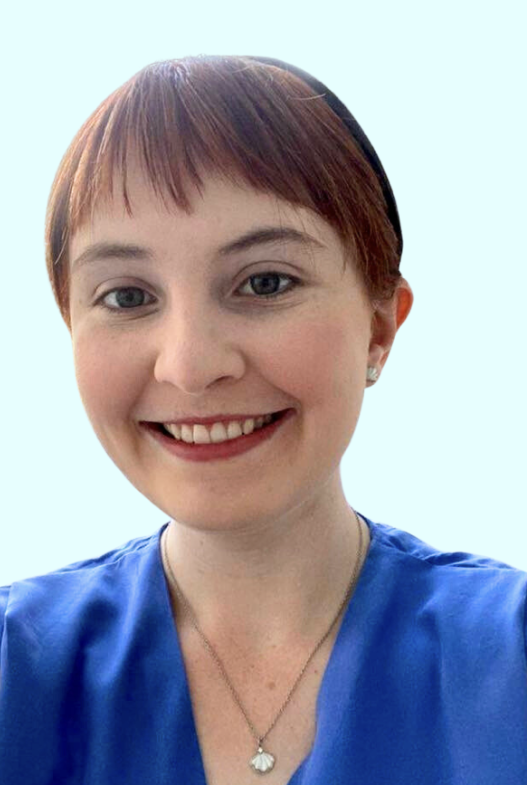The principle of Traditional Korean medicine (TKM) is similar to the concept of Yin and Yang, as it aims to balance the body’s energy. This practice is called Hanyak and is a part of the broader Han bang (Traditional Korean medicine), which encompasses acupuncture, moxibustion, cupping, and herbal remedies. Additionally, TKM seeks to maintain the stability of substances within the body, promoting overall harmony within the world.
TKM has existed since the 10th century where it originally began as Traditional Chinese medicine (TCM). Through the introduction of Chinese medical books, people in the medical field began to develop their own medicine from what they learned. Today, the practice is still used in Korea and around the world as an alternative and natural way to treat ailments compared to modern medicine.
The vast majority of practitioners in Korea specialize in herbal remedies – they are known as ‘herb doctors’. Then you have a range of practitioners specializing in acupuncture, moxibustion, bone setting and/or massage. Lastly, you have range of those who follow more indigenous practices in rural areas such as Shamanism and traditional healing.
One of the methods unique to TKM is hand acupuncture – also known as Soojichim – a method promoted to enhance your overall health. In this method, the hand is known as the microcosm of the entire body, meaning just like reflexology in the foot, there are areas in the hands that correspond with different parts of the body. Within each area of tension, pressure and needles are applied.
There have even been scientific studies to determine the effectiveness of Soojichim on sleep and perimenopause symptoms. But this is nothing new for a country where self-healing methods are deeply embedded in popular culture.
In Seoul, the capital of South Korea there is a place called ‘Yangnyeongsi’ which means medicine city district. It’s entirely devoted to medicinal herbs used in TKM and it accounts for 70% of Korean herbal medicines exchanged throughout the country. It traces its origins to the Joseon dynasty and it grew into the market that it’s now by the 1970s and became known as The Seoul Yangnyeongsi Market by the mayor in 1995.
Three Korean physicians in particular are attributed to evolving KTM to where it is today. First, physician Heo Jun’s book Dongui Bogam, was the first encyclopedia of TKM and is still used today as an important textbook for medical students.
Next, Saam who was a priest and physician in the 16th century created an acupuncture method that used five shu points from Chinese medicine. Later, his work on acupuncture was rediscovered by Kim Hong-Ghyoung, a student of Kyung Hee University’s Department of Oriental Medicine.
Lastly, Lee Jae-Ma the celebrated Confucianist statesman, philosopher and physician founded the theory and practice of Sasang constitutional medicine. His theories and holistic views on the mind and the human body and its structure and function, brought a new set of 4 characteristics for explaining the human body and influenced a variety of areas in modern Sasan medicine.




